Story and photos by Hailey Gay
As you walk along a St. Augustine street, there is no telling what you will find as the streets have such variety, history and character.
As I was heading to work on a normal Monday evening in downtown St. Augustine, I came across a potted plant in this light green container that looked familiar with a plastic spoon in the soil saying, “Free Yaupon Holly” and an Instagram username. Looking at the Instagram, Earthguyrye, the profile was a man and his posts of plants with informative captions of the plants. I decided to message him on Instagram and ask if I could interview him.
Earthguyrye turned out to be Ryan Robinson, and he got back to me fairly quickly. During the interview he invited me along an informative hike a month away from the interview date at the 12-mile Swamp Conservation Park.
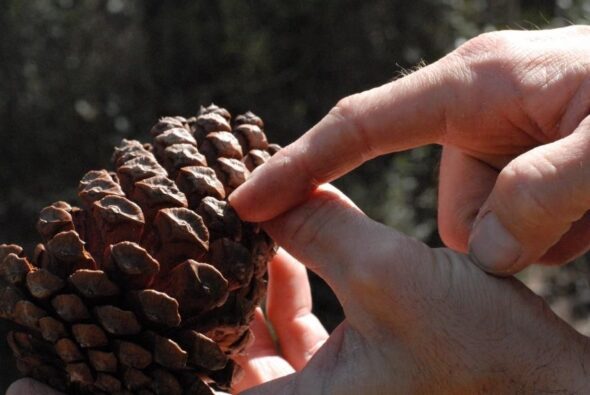
Robinson points out the seedlings in this Loblolly pinecone, explaining the armor and strength of this plant. When I first met with Robinson, I was very skittish due to my age and size. It’s normal to be cautious about meeting with a random stranger. However his bright and youthful demeanor allowed me to get more comfortable to go on an informative hike with him.
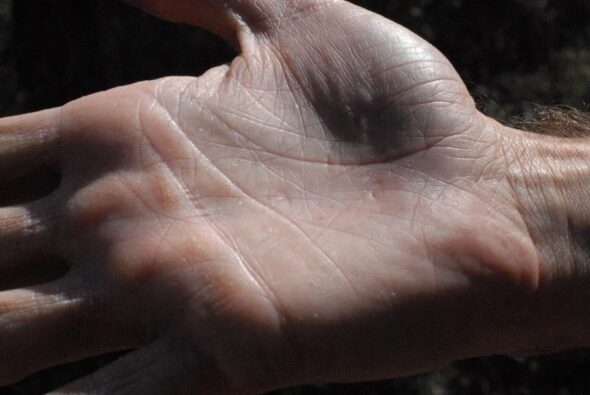
Robinson presses the Loblolly pinecone against his hand leaving a mark on his palm giving an example of the strength this plant holds against its predators and competitors. Robinson moved very quickly throughout the hike with him, he would jump when recognizing a plant and quickly go over to identify it.
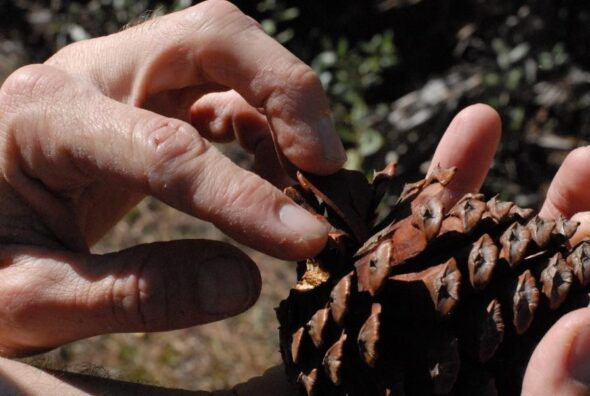
The forager pulls apart the Longleaf pinecone, to describe how weak it is compared to the other native Florida pine trees. When I arrived at the location of the hike, he provided me with a homemade tea from a pitcher with all found ingredients. After a bit of smelling this mysterious liquid, I decided to try the tea, it tasted bitter and earthy.

Robinson points out the ridges on the top of these leaves to explain the difference in this plant compared to others. He didn’t know all the plants he recognized but when that happened, he would take out his phone a take a picture of it to Google later.
“I understand that I don’t know everything, that’s why when identifying plants, I don’t often come in contact with I always like to Google it. Also, why I always encourage people to do their own research,” Robinson said.
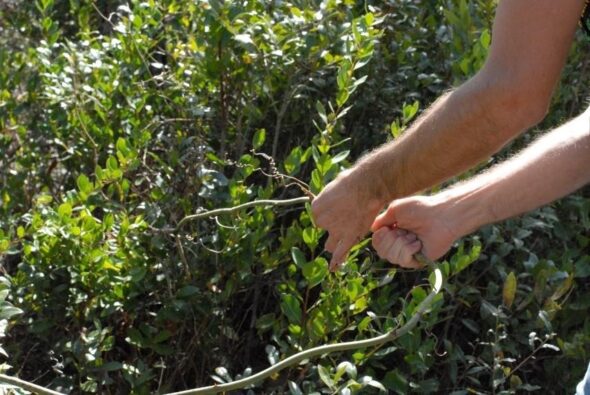
He tugs at this vine to see how deep in the wood it goes, stopping quickly after out of worry that he could possibly damage the plant.
“I like to practice something called best practices, which is taking a habit and changing it simply to make it better for the people and environment around you. Like when I forage, I don’t take every plant I see, only what I need to leave the rest for the critters in the area,” Robinson said.
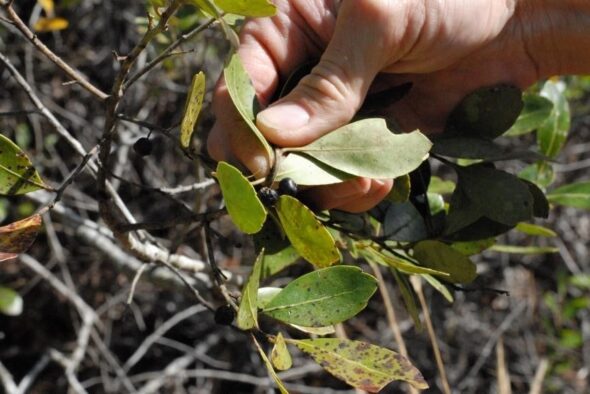
Robinson points out the berries on this plant, warning me that they are not Florida blueberries but a plant that often gets confused for it. He brought notecards in preparation for this hike, to be sure that he covered all the information he would like to before ending the hike.
“I like to bring notecards, because I understand that I can get distracted, but I want to be sure I inform people on not just the plants, but the ethics on how to properly forage without harming the environment,” Robinson said.

Robinson steps over this Native Florida snake to identify a vine above it. The snake didn’t seem to mind the person stepping over it and Robinson stated that he hasn’t had much of an issue with critters as long as he doesn’t touch them.

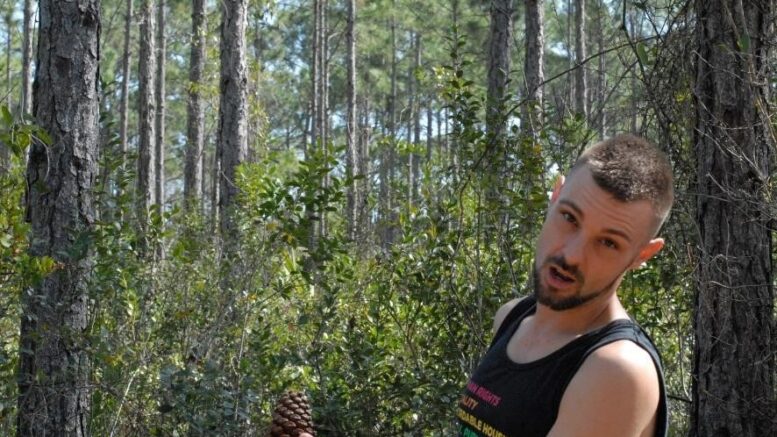

Be the first to comment on "Photo Essay: Spending time with an ‘ethical forager’"